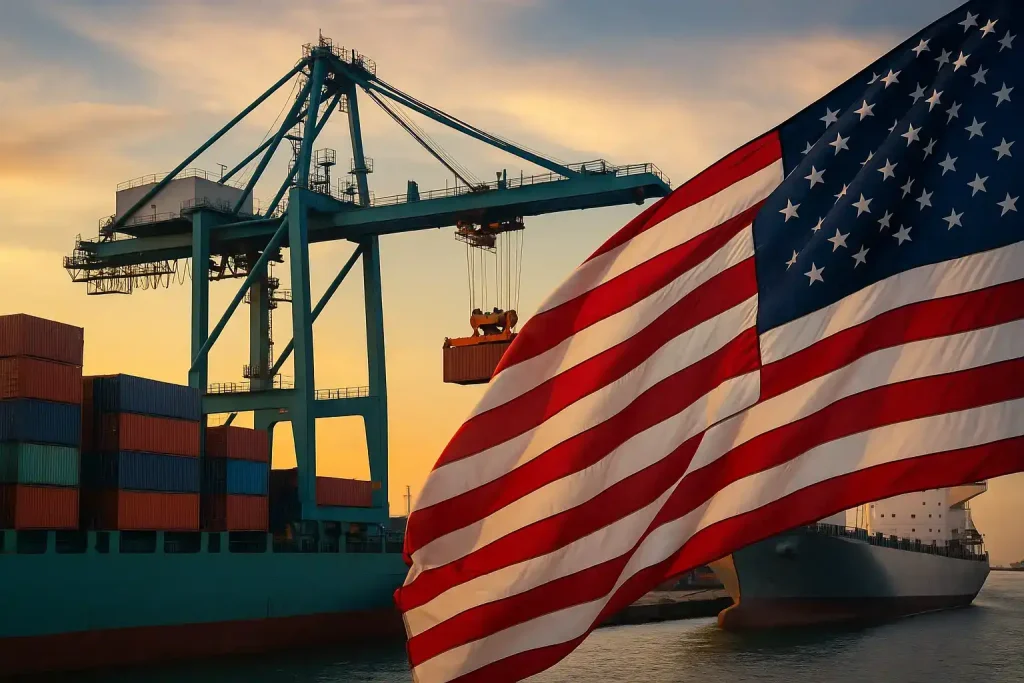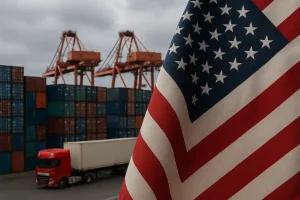In the fast-paced world of global trade, tariffs have become a central topic affecting the U.S. economy. As businesses and consumers prepare for 2025, understanding the impact of trade tariffs is crucial. These financial charges, imposed on imports and exports, have the potential to reshape markets and economic strategies.
The US economy stands at a critical juncture, where global trade policies could redefine its trajectory. With trade tensions and tariff regulations constantly evolving, 2025 is poised to present unique challenges and opportunities. Grasping the intricacies of trade tariffs will not only prepare businesses for economic shifts but also equip consumers with knowledge to navigate price changes.
Impact of trade tariffs on the US economy

Trade tariffs can dramatically alter the landscape of the US economy. They introduce additional costs to imported goods, thereby affecting consumer prices and demand. As tariffs increase, so do the prices of everyday products, which can lead to a decrease in consumer spending.
The effects of tariffs are not confined to consumer products; they ripple through industries, affecting businesses of all sizes. Companies reliant on imported materials may face increased production costs, leading to higher prices or reduced profit margins. Moreover, retaliatory tariffs from trade partners can limit market access for U.S. exports, challenging American businesses globally.
How businesses are adapting to tariff changes
Companies are increasingly seeking ways to mitigate the impact of trade tariffs. Diversifying supply chains has become a common strategy to reduce dependency on tariff-affected imports. Instead of relying on a single country for raw materials, businesses are sourcing from multiple regions.
Another adaptive measure is investing in technology to increase efficiency and decrease costs. Automation and improved logistics management can help businesses offset the financial burden of tariffs. By optimizing operations, companies can maintain competitive prices even in a fluctuating tariff environment, thus preserving their market position.
Long-term strategies for economic resilience
Sustainable strategies are essential for businesses to thrive amidst tariff uncertainties. Establishing collaborative relationships with international partners can provide a buffer against abrupt policy shifts. Negotiating long-term contracts with diversified suppliers can stabilize costs and ensure consistent product availability.
On a broader scale, government policies that foster innovation and support emerging industries can strengthen the economy. Investment in education and infrastructure enables a more adaptable workforce and improves competitiveness. Encouraging domestic production of essential goods can also reduce reliance on imports, cushioning the economy from trade disruptions.
Practical steps for consumers and businesses
Consumers can proactively respond to trade tariff impacts by seeking out domestic alternatives. Supporting local businesses not only helps the economy but can also provide price stability. Additionally, staying informed about changing tariffs allows consumers to make smarter purchasing decisions.
For businesses, reassessing product offerings to emphasize domestic materials can be advantageous. Exploring market niches less affected by tariffs might open up new revenue streams. Both consumers and businesses should leverage digital platforms and data analytics to better understand and adapt to the evolving economic landscape.
Conclusion: navigating the future of the US economy
The complex interplay of trade tariffs will continue to shape the US economy in 2025 and beyond. By understanding the multifaceted impacts, both businesses and consumers can strategize effectively to minimize negative effects. While challenges are inevitable, opportunities abound for those ready to adapt and innovate.
Ultimately, navigating the future economic terrain requires foresight, flexibility, and a willingness to embrace change. As stakeholders from all sectors collaborate, a resilient and dynamic economy can emerge, turning potential tariff-induced disruptions into catalysts for growth.






